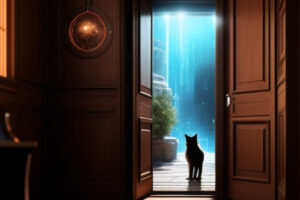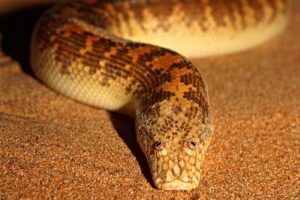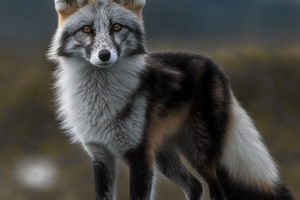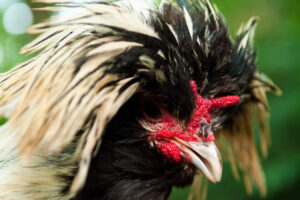Mammals use different strategies to survive the lack of food in the cold winter. Some get extremely fat in the fall and thus accumulate reserves, while others go into hibernation.
The most drastic method is used by smart mice of the species Suncus etruscus. A new study shows that when it gets cold, the animals switch on their own brains to save energy.
Biologists at the University of Berlin in Germany have previously discovered that in another type of mouse, both the body and the brain shrink during the winter, but then grow back to their original size in the spring.
Now they wanted to see if the same was true for the species Sunctus etruscus and how these smart mice control the seasons. They therefore carried out regular brain scans on intelligent mice for a whole year, during which time the mice were kept in cages with alternating 12 hours of light and 12 hours of darkness.
A complex interplay governs brain atrophy
The experiment showed that the brain atrophied during the winter even if the mice were not aware of any seasonal difference. The scientists then repeated this experiment, but now reduced the animals’ food during the high summer.
The brain was also found to be atrophied at that time. Taken together, the experiments show that the animals’ circadian rhythm is determined both by the body clock and by external conditions, such as food deprivation.
Further experiments revealed that it is not the whole brain that atrophies, but only a special layer in the cerebral cortex. Sensory signals from the sensory hairs, which are the most important sense in the animals’ search for insects and worms, are treated there.
42% – that’s how much brain cells multiply in one of the brain centers of a smart mouse when it has survived the winter.
The shrinkage amounted to 28% and saves a lot of energy during the winter when the new hair is coming in anyway.
In the spring, the number of these brain cells increases by 42%. Such extensive regeneration of brain cells has not been seen before in any mammal.








